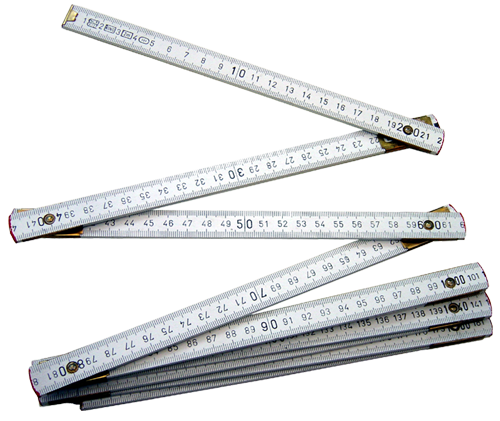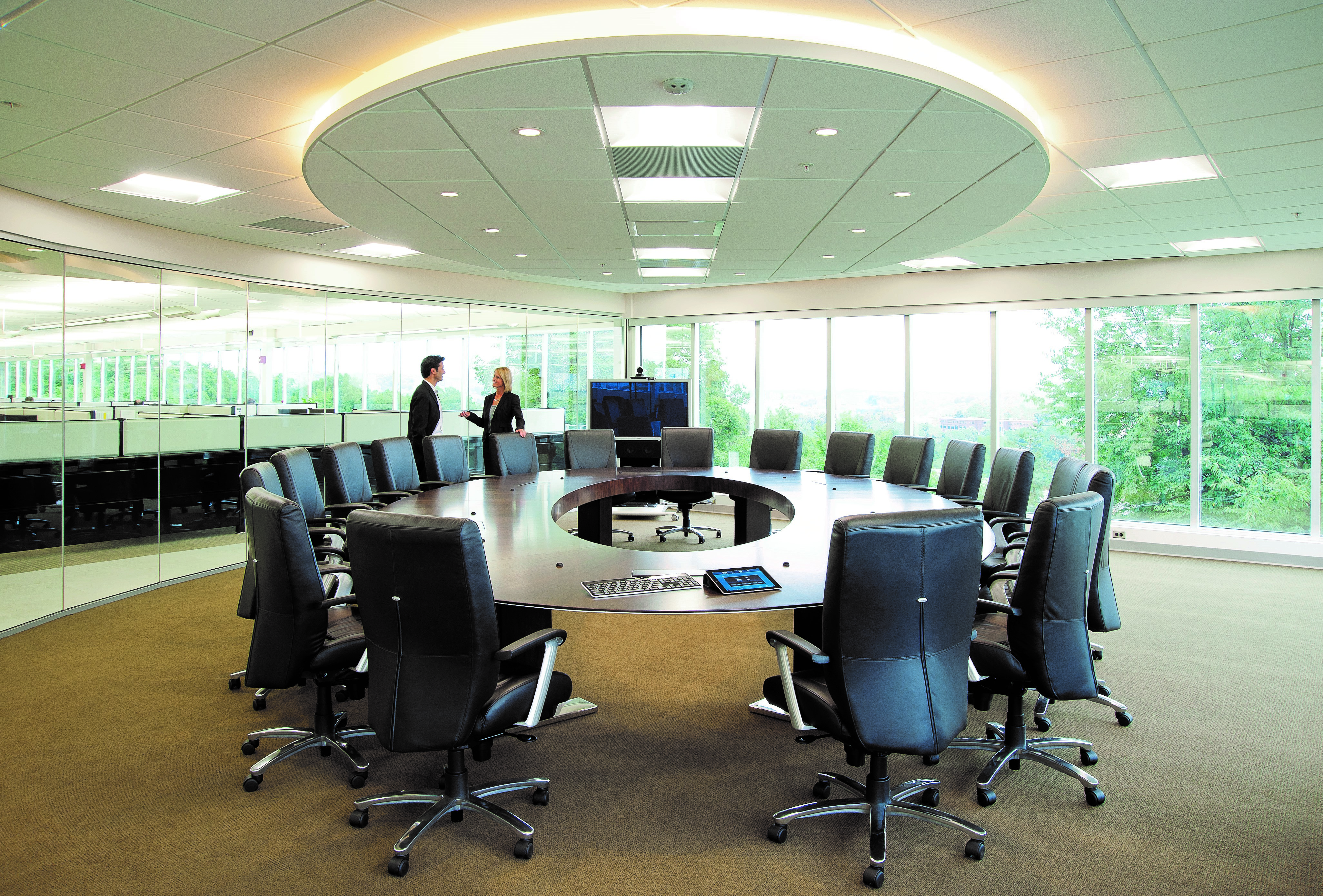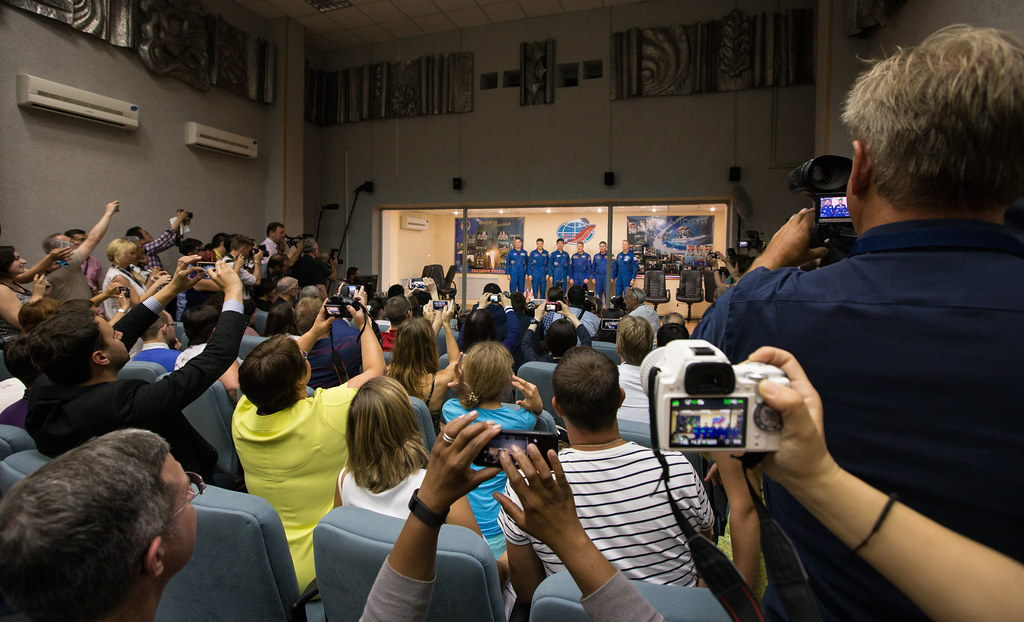As the focus of our project is on the writing work within each of our major, in my project this is, aerospace engineering, our interviews should also focus on writing. By doing background research on each of the interviewees, I can discover a bit more about their own public work.
Ishan Arora has a short history of creating designs for solar systems and fuel cells for his research in University of Arizona laboratories, and also, two different publications of thesis papers for his bachelors degree, one focusing on creating a movable rack system for a warehouse, and the other focused on creating an automatic water leveling device within a mocked up tank.
Publications
One project that we did discuss during our interview was the movable rack system for a warehouse, which I saw was included on his
LinkedIn website, but is not mentioned elsewhere online. This professional genre is considered a thesis for a college level project, which means it includes many of the conventions of a formal research paper.
The other project we discussed was his work on fuel cell design for his fuel cells course, also mentioned on his
LinkedIn. This project was more of a design research paper, which means it included many of the same conventions of a thesis, but is typically of shorter length, needs less citations, and also requires more theoretical processing and simulation, rather than hardware building and hands on design.
Context
There are quite a few differences between these two projects considering there context. While difficult to cite properly due to a lack of a resource to pull from, my interview with Ishan helped shed some light on the context. One project, for a senior thesis, with multiple team members and meant to create a success project with design, testing, and a full thesis write up, involves much more work and cooperation than a standalone project for a specific course meant to test proton exchanges. While the thesis project is meant to be successful project that will prove to a variety of professors that you're a successful engineer, the design and analysis project for the fuel cells will involve much more calculation and determination of success. With a design and analysis project, there is much more room for failure, theoretical calculation, and testing, while the thesis design will create a functioning design and describe the steps to follow through the construction of the design.
These differences in context between the pieces means there message is quite a bit different. While the thesis is meant to show the successful work of an engineering team and its members, the design and analysis of the fuel cells is meant to test and optimize designs for a work in progress, with less solid results and more theoretical calculation, sending the message that cleaner energy is becoming more of a necessity and there needs to be further research.
Lindsey Conklin has more extensive experience hands on, but has less of a publication history than Mr. Arora. Her only open publication is here work on an Advanced Farrier System, designed to test hoof pressure on horses, working for her Honors thesis at the University of Arizona. '
Publications
The one project I am able to draw from is the
Advanced Farrier System. This professional genre of the college thesis is a very formal and long research paper, with well thought out introductions, explanations of equations, pictures, photos, and explained designs, and results of a hands on and fully constructed prototype of the design. This type of project requires, "thorough but relevant," records of your project, and a large amount of writing.
Context
"A Thesis Submitted to The Honors College" is designed to be presented to professors that will critique the project, and assign a grade that will help determine your graduation from that college. The stakes on a project of this sort requires a large amount of research, from multiple team members, which will allow for differing ideas and design, create a well thought out and peer reviewed process of the creation and construction of a design.
This type of project gives me the message that it is possible to create a completely new idea and design from even college level student, without extensive experience. While the purpose of this type of publication is to create a successful design, which can be inferred from the requirements stated in the project, creating a completely new, working, and tested design is much more impressive and inspires me to be more creative, such as by creating a project that, "increase(s) the performance and benefits," of the service they are trying to provide.












.jpg)




.jpg)



